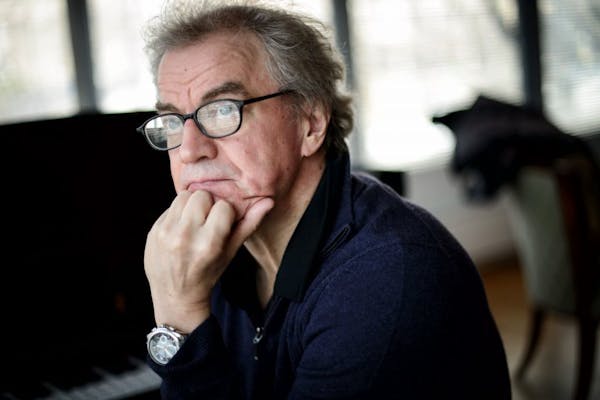Thursday morning was an occasion for celebration at Orchestra Hall. Former Minnesota Orchestra music director Osmo Vänskä returned to conduct the ensemble for the first time since the settlement of the musicians' lockout.
At his first appearance, Vänskä was greeted with a rousing standing ovation. He gave a deep bow to acknowledge the audience's response.
The focus was on the music, powerful performances of the Sibelius Symphonies No. 4 in A minor and No. 1 in E minor. The orchestra's recording of these works recently won a Grammy Award.
It usually makes sense to perform works by a single composer in chronological order, but in this case, it was right to perform Sibelius' Fourth first. It is so dark a work that it was nice to have the First as an antidote.
It's dangerous to read too much biography into a composer's work, but just before beginning the Fourth, Sibelius had a malignant tumor removed, and his musings on a potentially long and painful death hang over the work.
Principal cello Anthony Ross set the mood with a melancholy solo, establishing a mood of foreboding. The scherzo churned with restless unease. The slow movement descended even further into gloom that was sustained throughout the rhythmic uncertainty of the finale.
Vänskä maintained a firm hand on the symphony's emotion. The slow, almost achingly painful ways that the melodies were spun out kept the performance forever engrossing.
The orchestra sounded like a different ensemble than it has in weeks past. The relationship that the musicians have maintained with Vänskä for more than a decade showed in the precision and intensity of their performance. It will be some time before they are once again playing at the level of the recording, but they are improving.
The Symphony No. 1 came as a breath of fresh air. It is a work of youthful energy, as emotionally extravagant as the previous symphony was austere. It opens with a long clarinet melody, ably performed by acting principal clarinet Gregory T. Williams, after which soaring Romantic melodies (many bearing the influence of Tchaikovsky) pile on top of each other.
Vänskä conducted with fervor and passion. The orchestra sounded at its best during the violent emotions of the finale.
William Randall Beard writes about music and theater.

Minnesota Sports Hall of Fame: A class-by-class list of all members

This retired journalist changed professional wrestling from Mankato

